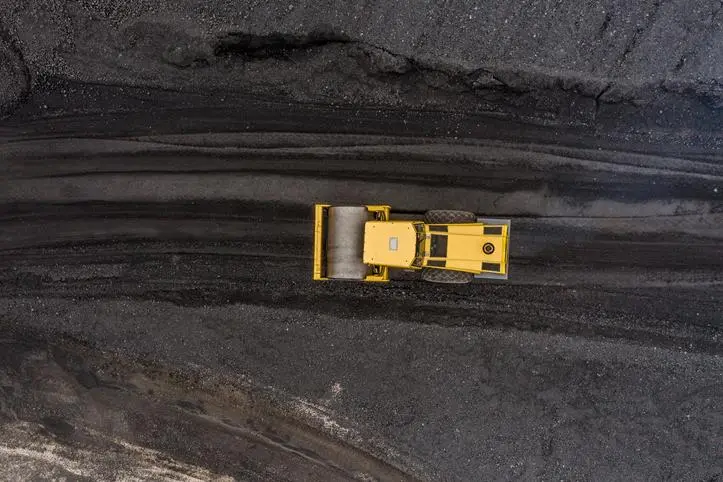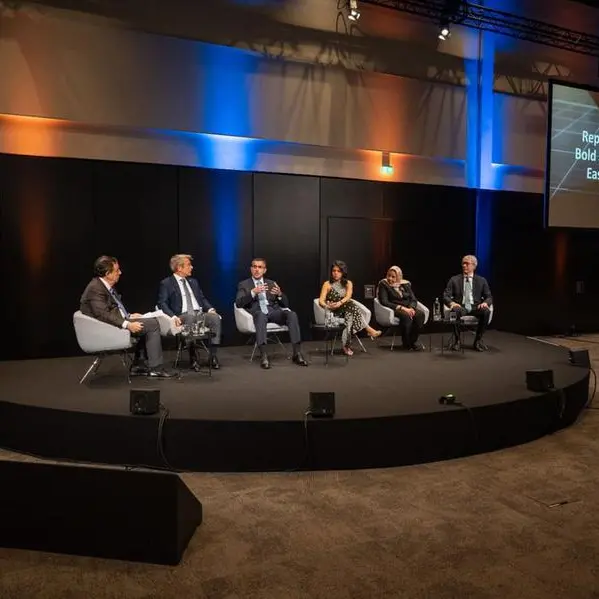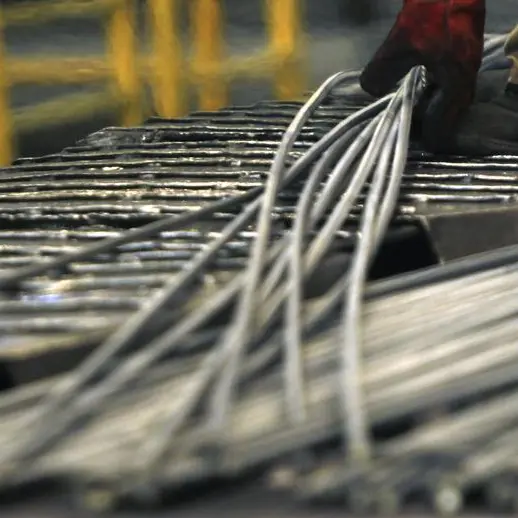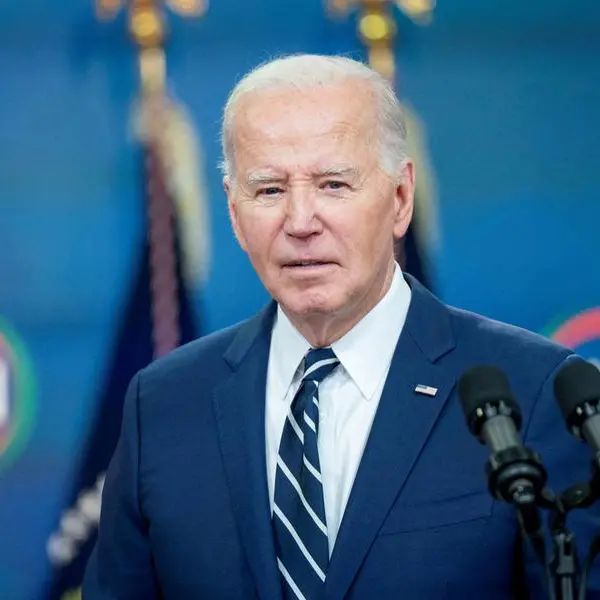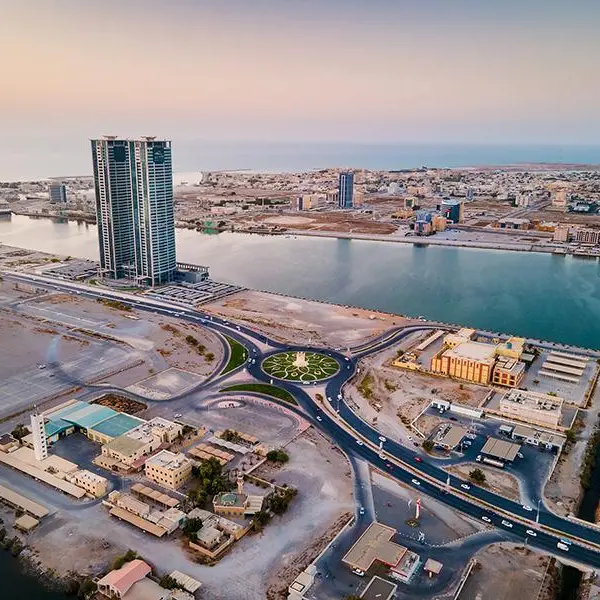PHOTO
The global mining industry, for years treated as pariah by environmentally minded investors, is suddenly about to save the planet.
Mining was the engine room of the first industrial revolution. Then it was coal. Now, in the midst of the fourth industrial revolution, it looks set to be rare minerals.
Climate change has fired the starting gun on the race to source critical metals used in solar power and battery technology, and lithium and cobalt, along with other base metals are set to boost the global mining sector in the coming year.
The price of cobalt has increased 55 percent in the last six months while lithium is up 45 percent. Both are key elements in the batteries that will power electric vehicles and store energy generated by solar panels and wind turbines.
Iron ore, and even coal also look set to be beneficiaries of the battle against climate change — wind turbines use huge amounts of steel, which requires iron ore and coking coal.
Indeed, the International Monetary Fund has even warned soaring prices for the earth’s minerals could wreck the world’s transition to greener energy.
Rather like the current spike in fossil fuels, the IMF said the combination of soaring demand and slower supply means prices could reach “historical peaks for an unprecedented length of time — and those higher costs could even delay the energy transition itself.”
It is also worth pointing out that China currently controls the bulk of world supplies of lithium and rare earths. In 2019, the US imported 80 percent of its rare earth minerals from China, while Europe imported 98 percent. The need for new mines to open is clear.
However, the battle against climate change and security of raw materials remains two-edged for the mining sector.
A report released last year by consultant EY revealed global mining executives rank environment, social and governance (ESG), decarbonization, and license to operate (LTO) as the top three risks facing their business over the next 12 months.
Mining remains highly energy-intensive and makes a considerable contribution to global warming. It also often takes place in remote areas which have both limited access to renewable energy sources and are dependent on carbon producing transportation requirements.
In common with other sectors, global mining and metals companies have set carbon-reduction targets to ensure they produce raw materials in a sustainable manner and keep on the right side of ESG demands from investors.
Mining giants such as BHP, Rio Tinto, and Glencore are all committed to eliminating or offsetting Scope 1 and Scope 2 greenhouse gas emissions by 2050.
Mining tends to rank well below the average on the ESG scoreboard. A recent S&P Global analysis report revealed the ESG average score of the metals and mining sector rose to 52 last year — from 39 in 2018. While an improvement, the sector remains some way behind the wider S&P Global 1200 score of 62 out of 100.
That said, investors appeared to reward the effort, and mining companies that improved ESG ratings over the period enjoyed an increase in debt and equity financing. This is proving to be good business for both parties. A recent report by PwC said mining companies with high ESG ratings provided 10 percent higher shareholder returns during the current pandemic.
The emissions situation gets trickier for miners when it comes to reducing Scope 3 emissions. Scope 3 includes all the emissions a business is indirectly responsible for throughout its supply chain. Put simply, it includes emissions caused by products from its suppliers, and those caused by customers who use its products.
While the International Council on Mining and Metals, a trade association focused on sustainable development, has formally committed many of the world’s top mining companies to rein in Scope 1 and Scope 2 emissions by 2050, there is no firm target yet to deliver on Scope 3 emissions.
But it isn’t just tackling emissions.
Mining giant Rio Tinto’s destruction of two ancient and sacred rock shelters in the Pilbara region of Western Australia in 2020 — part of an iron ore mine expansion — betrayed for many a shameful disregard for its commitment to ESG and corporate responsibility.
Plans to expand mining in the US have raised similar fears. An estimated 79 percent of the country’s lithium reserves are within 35 miles of Native American reservations, according to a report by financial research group MSCI.
Moreover, the EY report states the pandemic has focused renewed attention on social inequalities, placing increased pressure on mining companies to “go beyond their regulatory obligations and take responsibility for driving social equality in the regions in which they operate.”
Lithium and cobalt mining have been controversial for years, in part because because of concerns about the use of child labor. The Democratic Republic of Congo accounts for around 60 percent of global cobalt output and has well-documented issues concerning both child workers and dangerous working conditions, raising stark questions about the human cost of turning the global economy green.
In November, a US Judge dismissed a lawsuit filed by human rights firm International Rights Advocates that named Apple, Google, Dell, Microsoft and Tesla as defendants in a case about child labor in DRC. The Judge dismissed the complaint because of the long chain of connections between the companies and the child laborers. However, blue chip firms don’t need that kind of publicity.
Yet the demand for earth minerals is not going away. The global desire to transition away from fossil fuels towards cleaner energy means mining will find itself at the forefront of the global economy in the coming decades.
The IMF suggests current production rates of cobalt, nickel and other rare minerals are inadequate. It has forecast the energy transition will require a 40-fold increase in production of lithium, while cobalt and nickel could have to increase by up to 25 times current levels.
There is little in the way of reserves to help meet the forecast demand. Moreover, it takes around 20 years to bring a new mine into production.
One can expect all these issues to be at the forefront of this month’s key Future Minerals Summit in Riyadh which begins next week on Jan. 11.
• Michael Glackin is an award winning UK-based journalist who specializes in UK, European, and US finance and economics, and Middle East politics and economics.
Copyright: Arab News © 2022 All rights reserved. Provided by SyndiGate Media Inc. (Syndigate.info).
